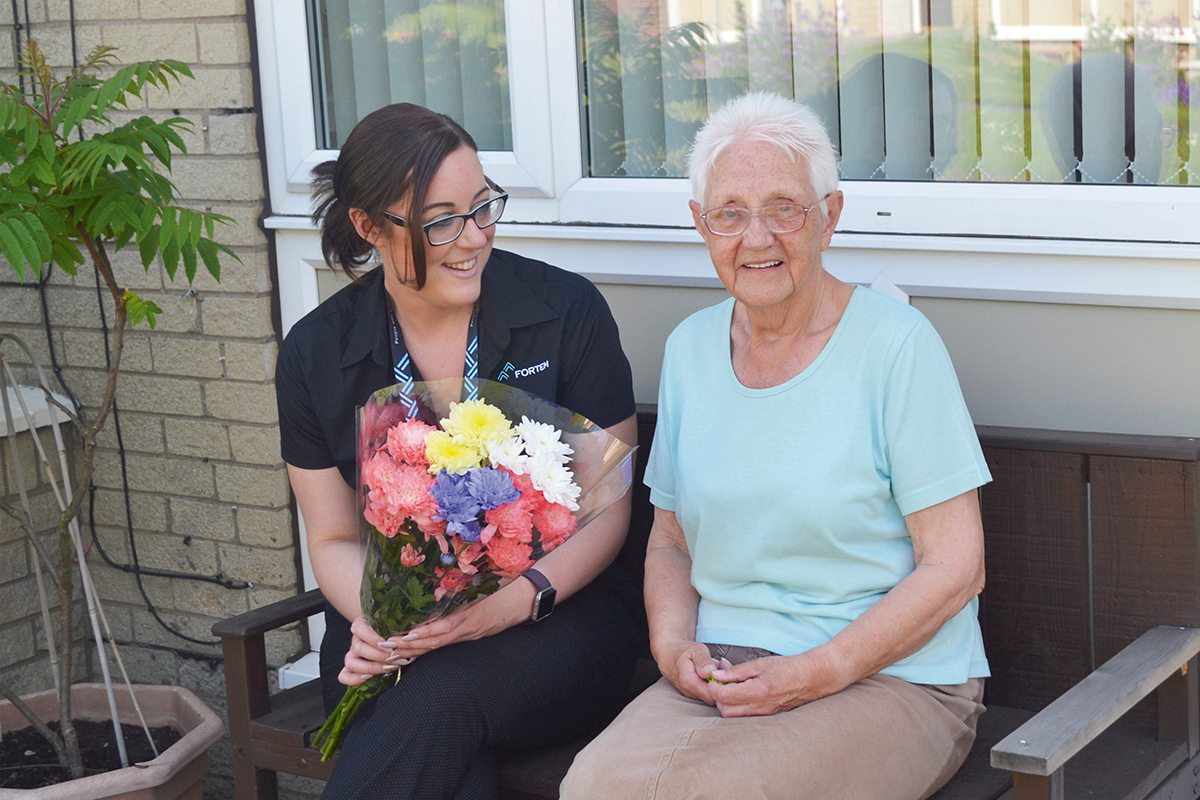We can achieve more through collaboration
Collaborative working can deliver real benefits, says Mick Williamson at Fortem
Article written by

It’s hard to avoid the term ‘collaborative working’ these days. Is it just another buzzword or is there more to it than that? What does collaborative working really mean? Is it worth it? And, if so, what are the most successful collaborative working techniques?
True collaboration is about working in a mutually supportive way to achieve performance targets and introduce innovation and cost savings. It’s about creating a culture built on jointly finding solutions, rather than seeking blame. Targets need to be mutually agreed. Relationships should be open and honest, and individuals reliable and solution-focused. This applies whether in relation to clients, contractors, residents, supply chain partners, or employees.
It sounds so simple. But let’s reflect on this. In reality how many housing providers can say that they enjoy a relationship like this with their contractors? How many contractors can say this is how they work with their clients and supply chain? Is this how we all approach our residents and employees?
Maybe some people are just paying lip service to the idea, but there are reassuring examples of collaborative working that are reaping significant benefits right now in our sector. This includes contractors adopting a transparent commercial approach where clients can see that additional works are being challenged and refused, rather than simply being undertaken and billed, putting pressure on ever reducing budgets. Or contractors on a call-off framework working together to benchmark their supply chain prices so clients know they’re always getting the best and fairest deal.
Collaborative working has to be supported by systems that are capable of providing accurate, real-time performance data, right down to individual tradespeople. Clients must be provided with access to contractors’ works management systems – either through a client portal such as SharePoint, or giving clients their own log-ins – so everyone can see exactly how the service is performing, each and every day.
So does this really make a difference? If done properly, collaborative working has been proven to realise significant efficiencies and improve customer satisfaction. For example, in the past year we calculate that collaborative working at Fortem – using techniques mentioned above – has seen us realise £5.5m of savings for 20 of our clients, with average customer satisfaction ratings consistently exceeding 95%.
"Relationships should be open and honest, and individuals reliable and solution-focused."
However, collaborative working isn’t just about driving efficiencies and customer satisfaction ratings – important though they are. The approach must extend to the whole community. We have to work closely with our clients and local residents to understand their needs, as well as encourage our supply chains to be involved. As a result, every community project and employment or training initiative will be bespoke to the particular needs of the places where we work and achieve the maximum benefit.
At a time when budgets continue to tighten while the demand for affordable housing increases, I believe the best way to meet the challenges ahead is through collaborative working between contractors and clients.
It is only through mutual open sharing of performance information, costs, best practice and local needs that our sector will succeed.
Mick Williamson, managing director, Fortem









